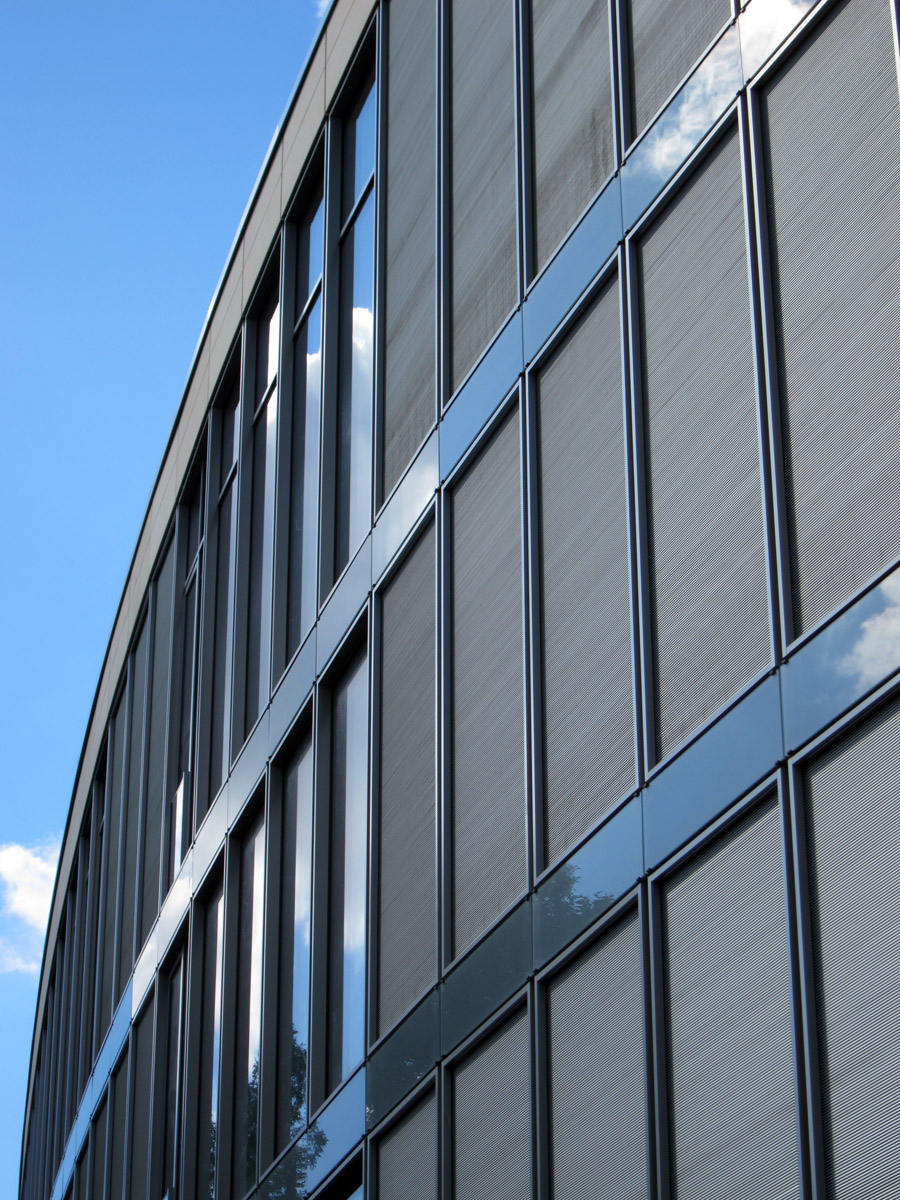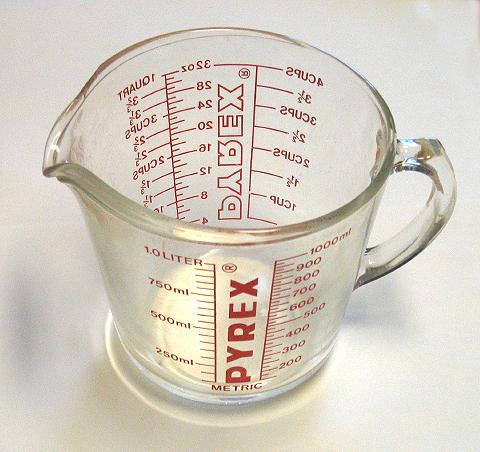The rapid pace of technological discoveries isvery evident in the manufacture and use of glassin electronic devices. Different properties havebeen presented in glass for aesthetic or safety considerations for many years but the future of glass seems to be interactivity alongside electronic systems. The structure of glass is not well understood, but as more is learned, its use is becoming increasingly prominent in building materials and structural applications.

Glass
- The Story of glass, includes recycling and applications.
- The Corning Museum of Glass
- Glass is primarily composed from silca sand (silicon dioxide) together with limestone (calcium carbonate) and Soda Ash (sodium carbonate) and small quantities of a few other chemicals.
- It takes a great amount of energy to produce glass from sand, melting point around 1700 Celsius so scrap glass is added. This makes recovery of glass important. Adding scrap glass makes the process more economical.
Characteristics of glass
- Transparency, allows light to pass through thus allowing you to see the contents of a jar or through a window.
- Colour, colour can de deigned in my adding chemicals
- Strength – low tensile strength but high compressive strength
- Brittleness, it has a low impact strength and thus will shatter easily (low toughness).
- Hardness, high hardness and wont scratch readily.
- Un-reactivity – is chemically inert so leaching of acid based contents is not a problem.
- Non-Toxic due to its un-reactivity therefore suitable for food storage.
- Non-porous, thus will hold liquids or stop moisture seeping from outside.
- Insulator.
- 100% recyclable and is continuously recyclable
Applications of glass
| Type Of Glass | Description | Applications |
| Soda Glass | This commercial glass and is the most commonly used. Has medium to low thermal shock in other words it will shatter going from cold to hot or the other way. | Window panes, glassware, drink bottles, etc |
| Borosilicate (Pyrex) | Commonly know as Pyrex. The chemical composition of Soda Glass is altered by the addition of oxides which improve thermal conductivity. | Cookware, science equipment such as beakers, oven doors and anywhere where heat/cold are crucial to the design performance. |
| Toughened | Is heated up to the point of melting then blasted with cold air. This makes the outside is in compression and the slower cool interior is in tension. When it is impacted it shatters into little pieces rather than sharp shards. | Side windows of cars, shower glass or design contexts where there is a potential for impact. |
| Laminated | It is layers of glass and plastic sheets between them. When impacted the glass fragments are held in place. This prevents cracks from growing | Bullet proof glass, windscreens, bank teller windows, |
| Glass Fibre | Is very long strands of glass. Sometimes these are woven into mats and used as glass fibre reinforced plastic when combined with a resin (polymer). | Tent poles, fishing poles, car panels, swimming pools. |
- The list is by no means exhaustive – this website summaries them well.
| Laminated glass | Toughened |
Design contexts
There are different types of glass which are used in a variety of design contexts.
Recovery and disposal of glass
- Recycled glass is known as cullet which is added to new raw materials to make new glass.
- It reduces the energy required thus the costs in producing new glass.
- When recycled the glass is separated into the same colours groups (due to chemical compounds) then are crushed .
- Improves environmental concerns such as the extraction of raw materials, energy consumption, and reduced pollution.
- It is continuously recyclable





